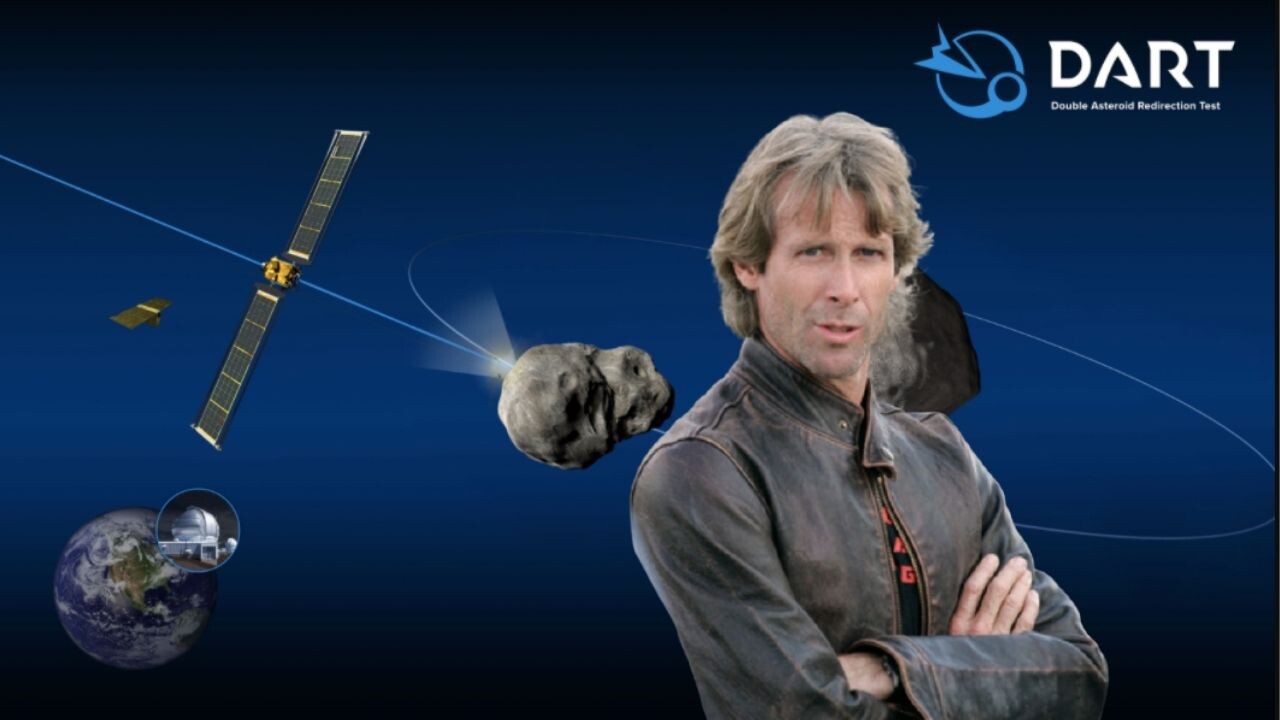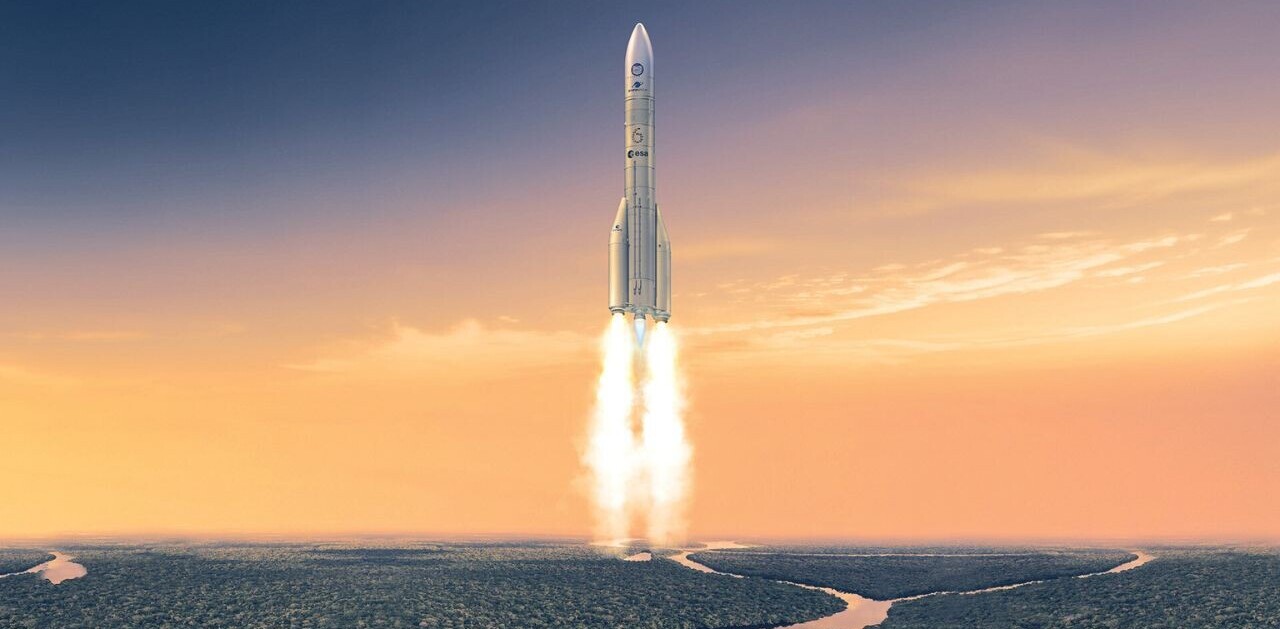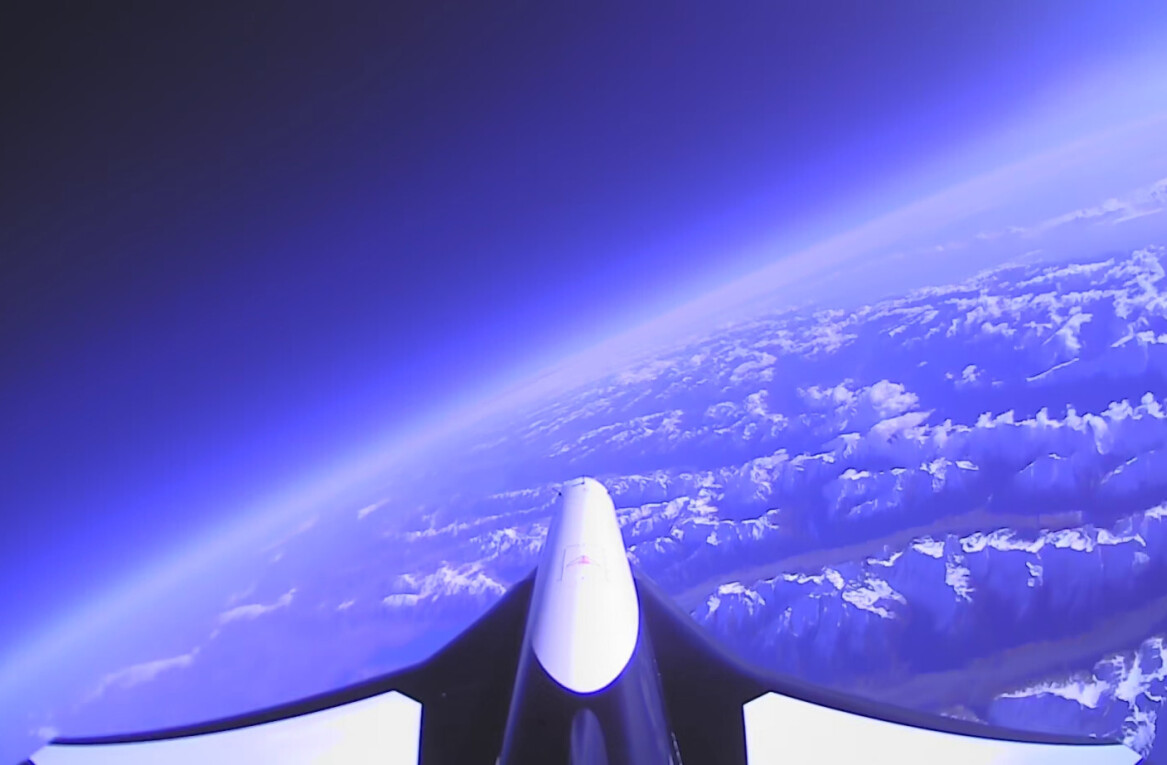
In a move clearly inspired by the hyperrealistic movie Armageddon, NASA has decided to attack an asteroid.
The space agency, however, has recklessly overlooked Michael Bay’s ingenious idea of training oil drillers to become astronauts. Nor will the NASA nerds follow the director’s advice of blasting the rock with a nuclear bomb. Instead, they want to smack it with a spacecraft.
Life disregarding art
Smaller asteroids frequently strike Earth, but most burn up in the atmosphere before they reach our planet’s surface.
That doesn’t mean we have nothing to fear, however. Just try telling the dinosaurs that space rocks aren’t dangerous. You can’t — because they were wiped out by an asteroid around 66 million years ago. I’m sorry you had to find out this way.
And if you think that asteroid sounded bad, remember that it was only about 10 km wide. The comet in Armageddon, meanwhile, was “the size of Texas” — around 1,000 km wide. Given Bay’s reputation as a cinematic soothsayer, it’s a relief that NASA is finally taking action.
The agency’s mission, superbly acronymized as DART (Double Asteroid Redirection Test), will test a novel method of averting future collisions.
“DART will be the first demonstration of the ‘kinetic impactor’ technique in which a spacecraft deliberately collides with a known asteroid at high speed to change the asteroid’s motion in space,” said Lindley Johnson, NASA’s Planetary Defense Officer, who will presumably play the role of Billy Bob Thornton.

The spacecraft will launch aboard a SpaceX Falcon 9 rocket from Vandenberg Space Force Base in California. It will then zero in on its target: the asteroid moonlet Dimorphos (Greek for “two forms.”)
The spacecraft can direct itself to hit an asteroid at a speed of up to roughly 24,000 kmph. If all goes to plan, the impact will force Dimorphos to change its orbit.
NASA says the asteroid is the ideal target as it presents no threat to Earth. Scientists will also be able to measure changes in Dimorphos’ orbit with ground-based telescopes.
The agency did not, however, reveal why they chose the kinetic impact technique over Bay’s proven H-bomb method. I presume they just didn’t have the director’s $140 million budget.
Show time
DART’s launch window opens at 1:21AM EST on Wednesday — and you can watch the action live.
NASA’s coverage begins at 12:30PM EST (9:30PM PST on Tuesday), on NASA Television, the NASA app, and the agency’s website.
Unlike Armaggedon, the launch is unlikely to be the highest-grossing film of the year. But at least it won’t replicate Bay’s tendency of giving viewers brain damage.
Get the TNW newsletter
Get the most important tech news in your inbox each week.




